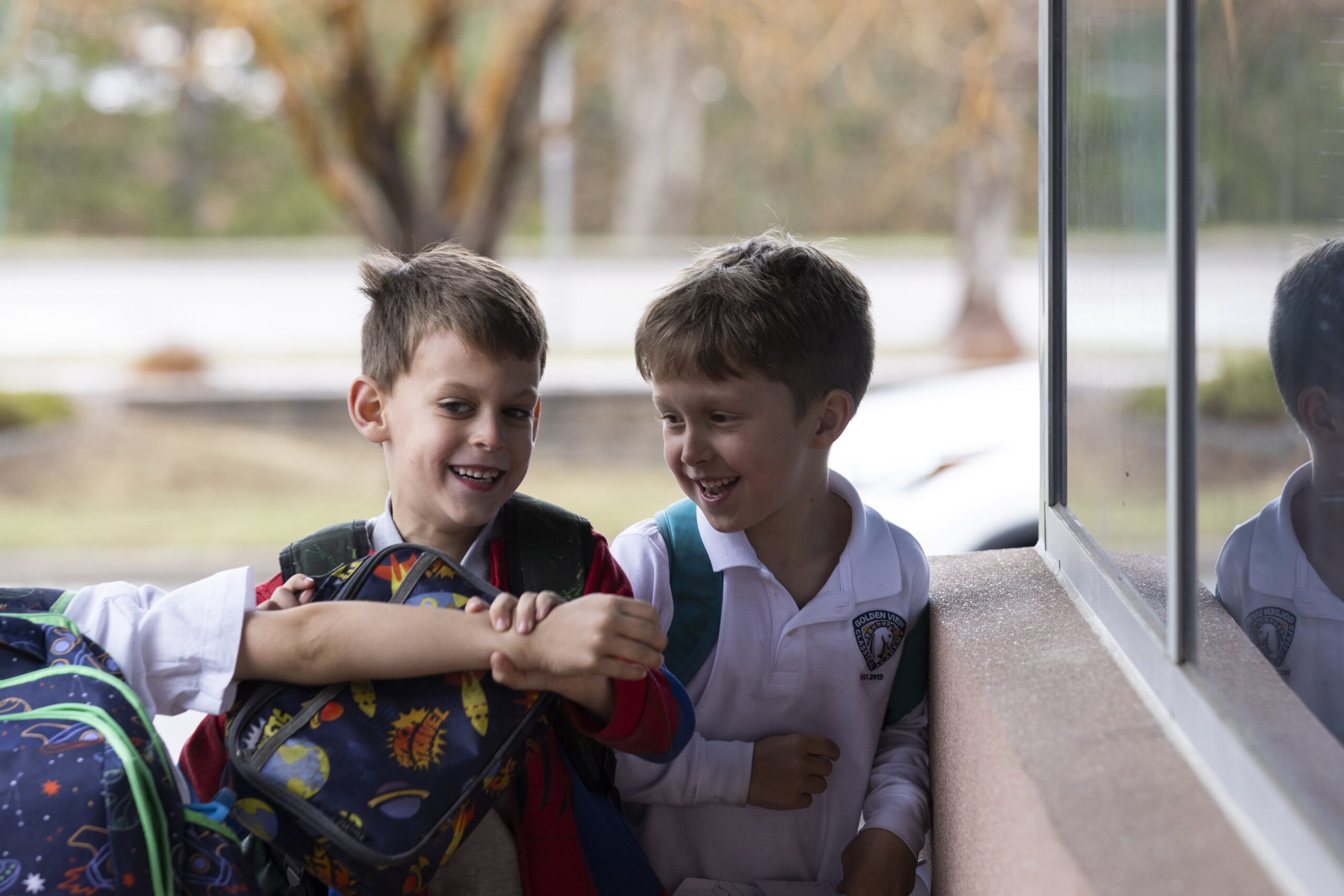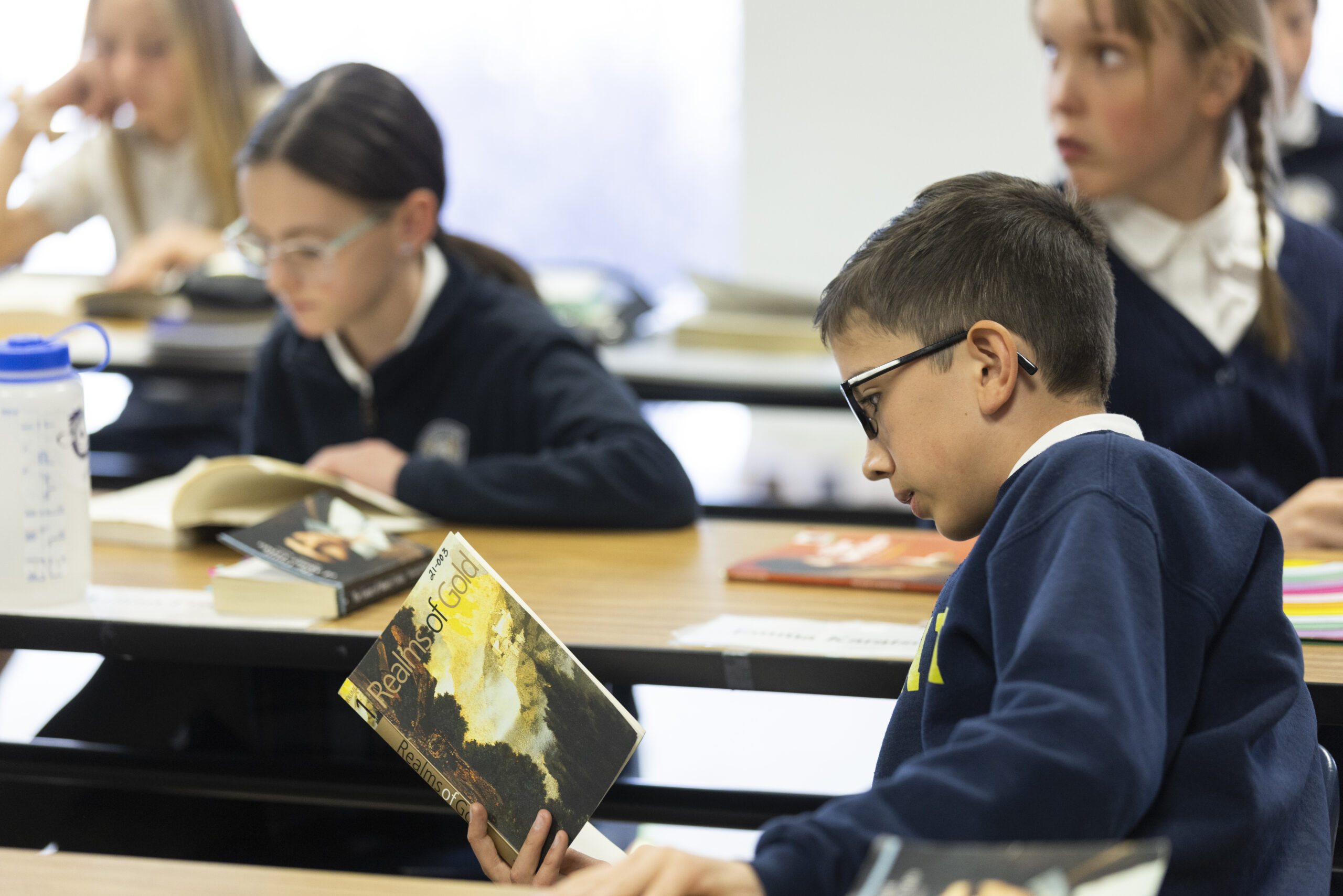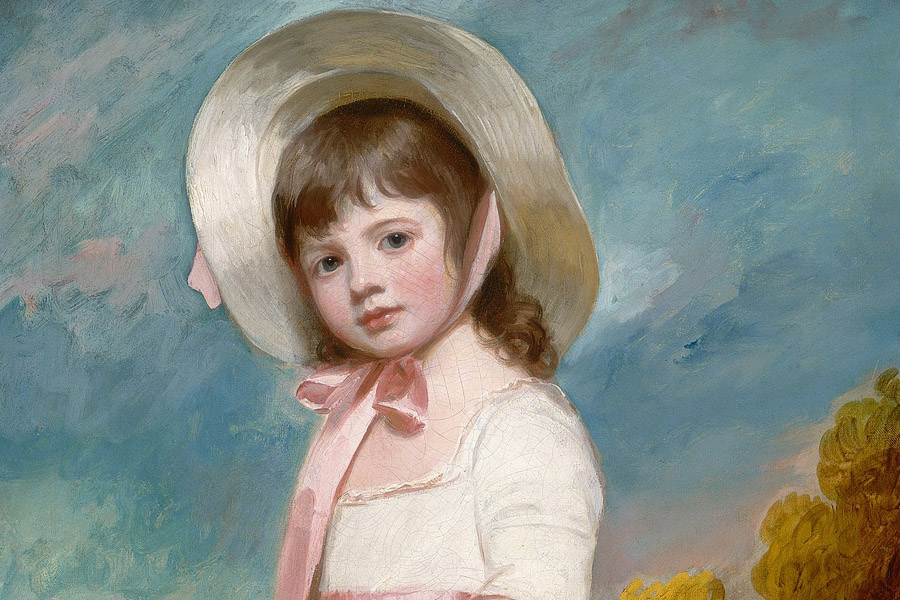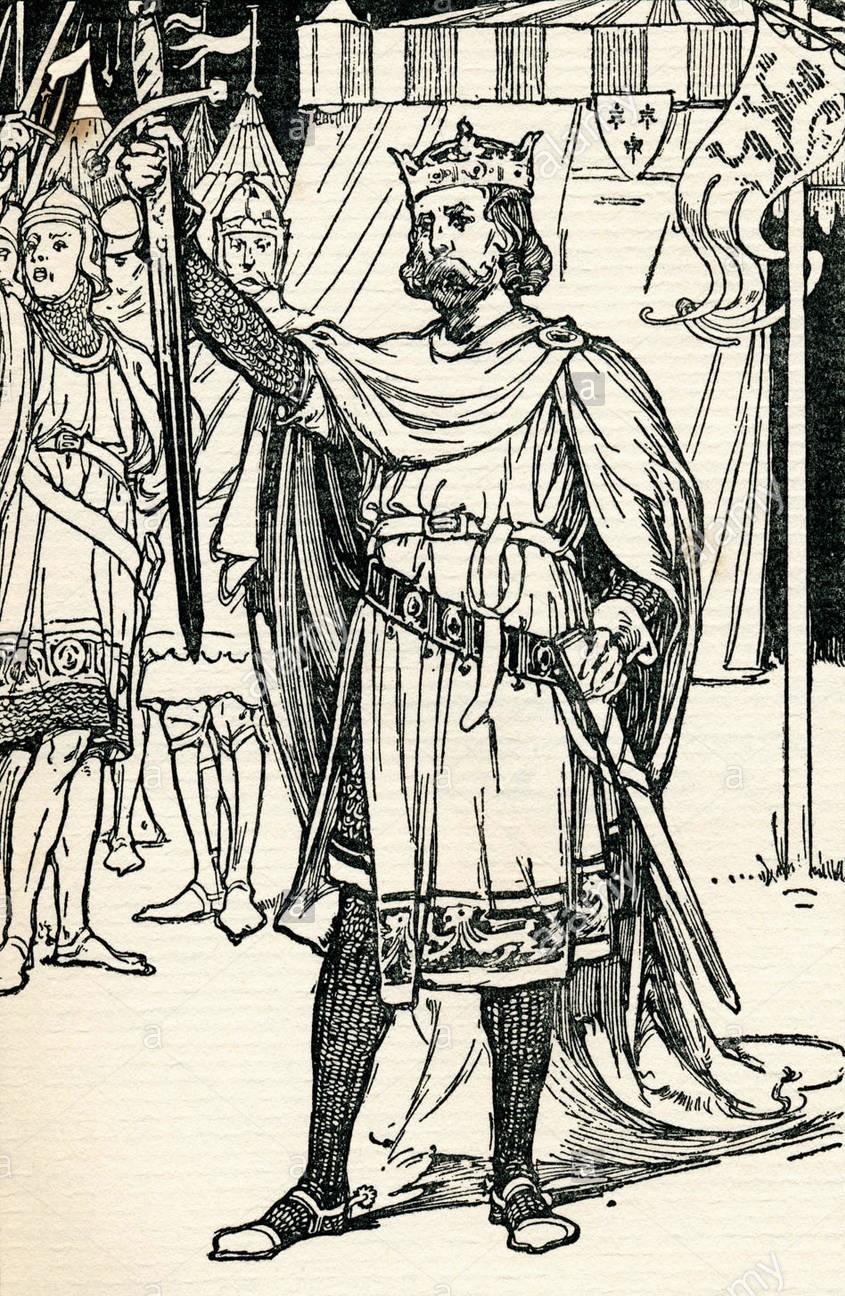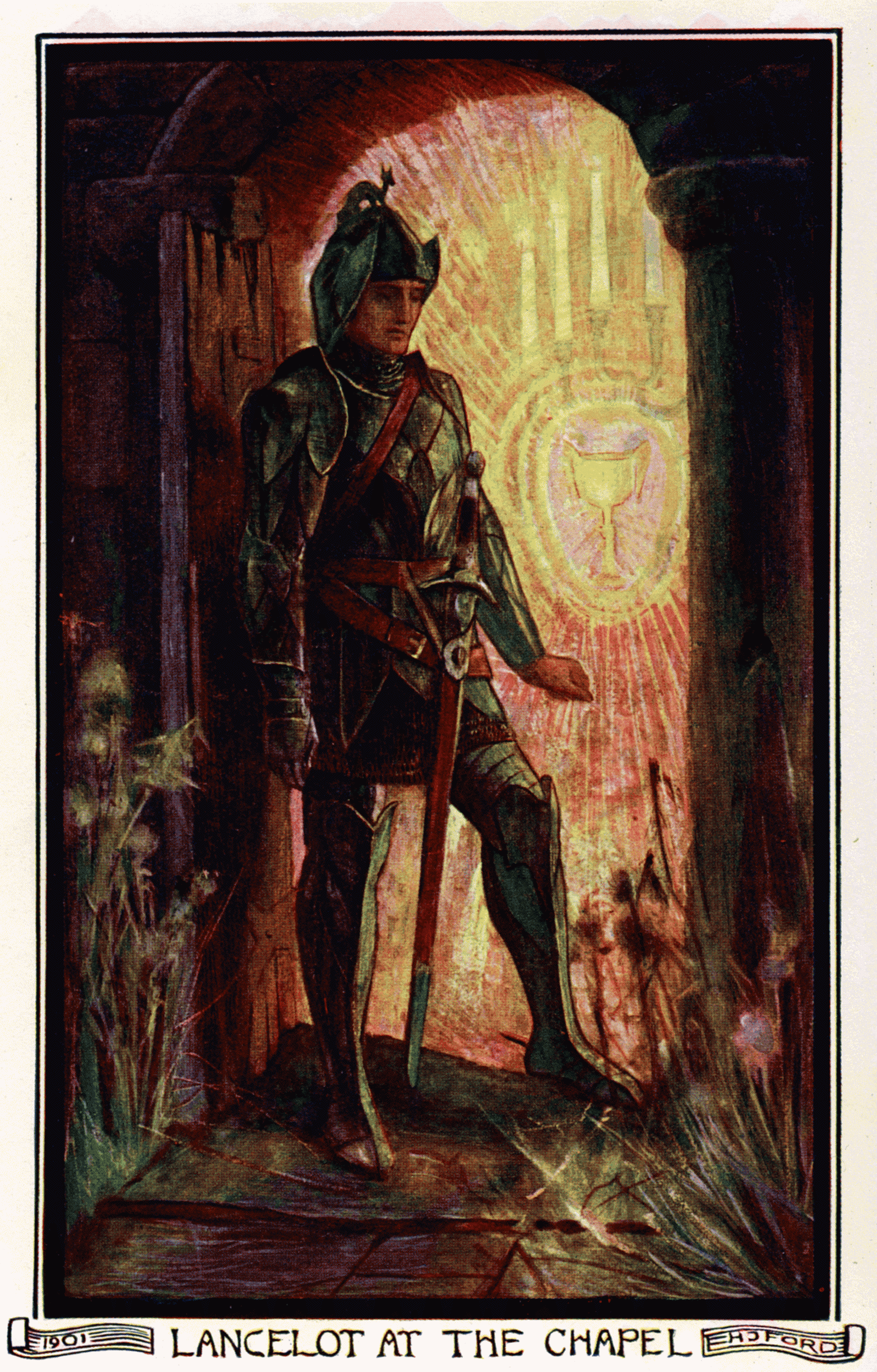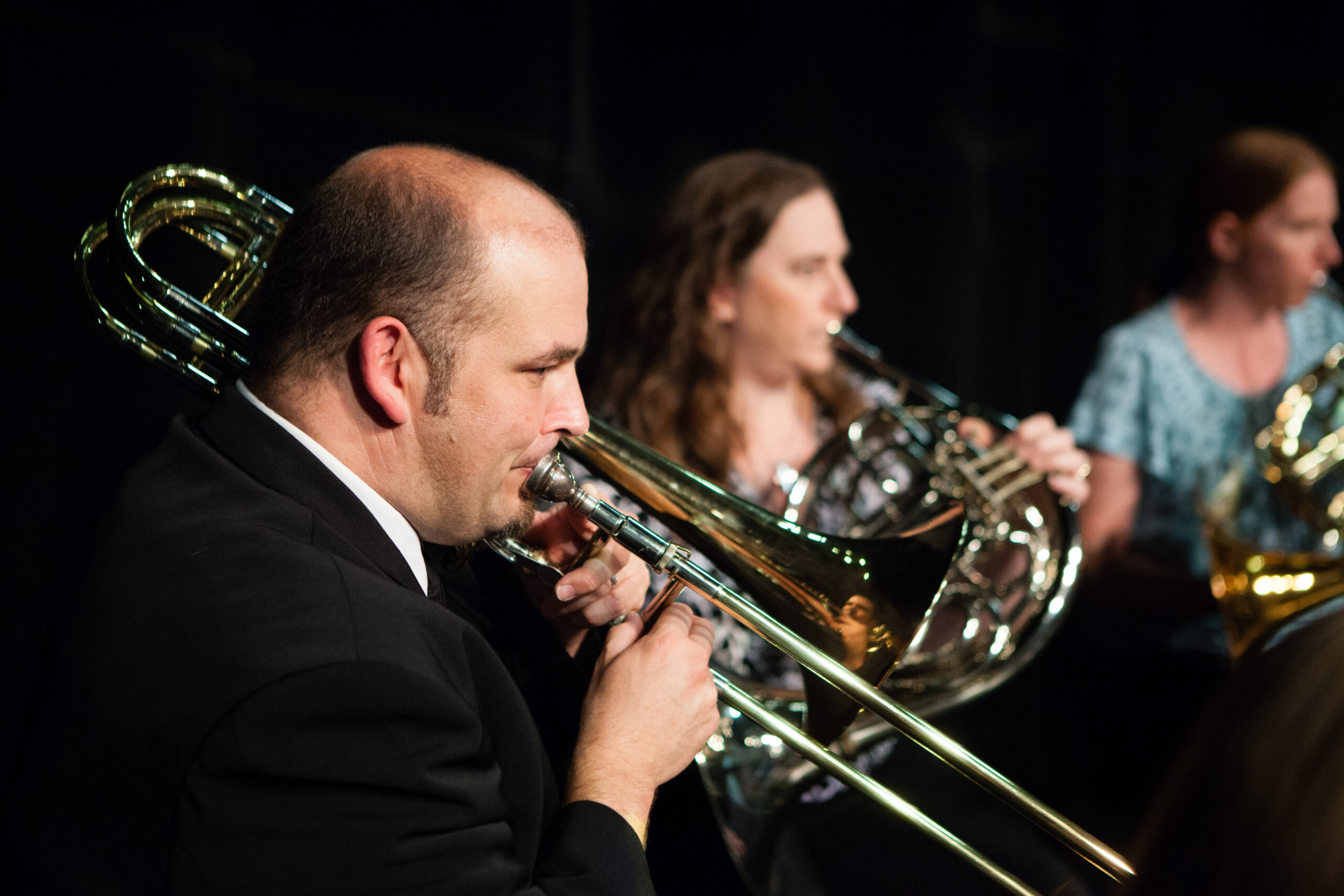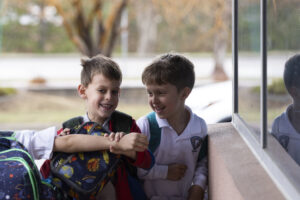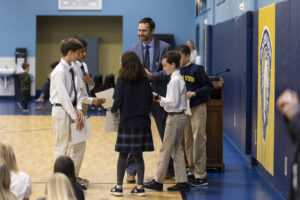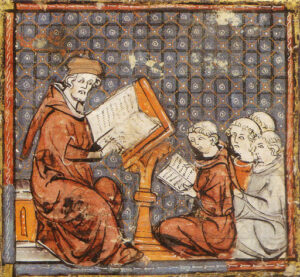an introduction to Hillsdale College’s approach to teaching literature in the K-12 years

“Literature,” not “Reading”
The school subject known as Literature is not the same thing as Reading. When school personnel use the word reading, they should use it for either “learning to read” (often grades K-3) or “reading to learn” (4th grade and above). In both of these situations, the word reading refers to the acquisition or development of a skill. “Learning to read” is, in part, about the ability to decode texts; “reading to learn” has to do with the application of that skill to comprehend texts. As the companion essay on reading skills should make clear, the skills of reading are complex and are essential for students in all subjects at all grade levels. But despite the importance of this function, these essential reading skills should not be confused with nor replace the study of literature, a label which should be used to refer to episodes wherein students encounter great stories. Younger students will interact with great stories primarily—if not exclusively—through listening to someone else reading aloud. Older students may read great stories themselves, but even upper elementary students will encounter at least some of these works—especially the unabridged versions—aurally.
Now, reading and literature can overlap: a teacher may ask students to practice their reading skills on classic works of literature. This is especially true as students move into the upper elementary grades. A good literature lesson will embed the kinds of thinking required to understand the text organically into a lesson and allow the text to direct the kinds of skills or strategies that a teacher might emphasize. For example, if an author uses figurative language heavily in a chapter, a short lesson on similes, metaphors, or idioms might be appropriate. However, the quality of the stories that students encounter should not be limited to what they can read for themselves, nor should a literature lesson be limited to mere reading skills. Schools may be tempted to avoid classic works of literature simply because the students cannot read (referring to either decoding or comprehension) these stories for themselves. Students should have opportunities to practice their reading skills, and this practice may involve students reading works that are lesser in quality. But part of the rich insight of classical education is that students will interact with the great works of literature at every level of their schooling. By the time students are able to decode a work like Beatrix Potter’s The Tale of Peter Rabbit for themselves, they may be too old to appreciate these simple stories the way that many younger children do. And in the elementary grades, many of the best ideas—especially those involving moral development—are found in classic works of children’s literature. For most students, there will be a time in their lives when their ability to learn through reading will be equal or close to their ability to learn by listening. But for many elementary students who are still trying to acquire the difficult task of decoding texts, most of the literature they experience will be heard, not read.
What Makes a Classic
All classics have common characteristics. First, any classic must be time-tested. This means that multiple generations have recognized that a particular book has merit. When a book is published, the readers of that time may or may not choose to read the book. If that book is read widely during its initial publication, then it may become a “best-seller,” but the term best-seller is not synonymous with classic. Indeed, our culture is far too hasty to label popular books (or songs or movies or television shows) as classics. The fever for many of these best-selling books cools over time. Even if later generations continue to read and recommend these books, there remains a possibility that these books will be little more than artifacts of a particular time period rather than a true classic. This is why the second characteristic of a classic is so important: a classic must tell us something about humanity, and it must tell it in a way that is beautiful, gripping, imaginative, clever, or unique. This second characteristic is obviously connected to the first. The reason why classics stand the test of time (characteristic #1) is because they were able to show us eloquently something about what it means to be human (characteristic #2).
Since a quality education involves connecting students to a great tradition of learning, students must interact with the best stories of that tradition. By reading these classics, they will then be prepared to inherit and participate in—and, perhaps, even advance—this tradition.
Classic Children’s Literature
Children need to experience great stories for many reasons, but two in particular deserve emphasis here. First, classic stories contribute to what E. D. Hirsch, Jr., has called “cultural literacy.” Many great stories have become integrated into our daily lives and language—so much so that we often fail to see them—and being familiar with the characters, terms, and metaphors from these stories has become part of what it means to be culturally literate. Look no further than regular references in conversation, books, and media reports to the classic story of “David and Goliath” to illustrate the point. Classic stories form a bedrock of understanding that a literate person should have, and by knowing these things, a person can better participate in social discourse and civil society.
Second, narrative speaks to us and shapes us in some of the most important ways. Stories draw us in, they shape our affections and habituate our passions. They teach us to love and hate, and to imitate that which we admire. The best stories connect with us and shape us better than lesser stories, and they offer a map of the heights and depths of human character. We can learn where we have come from, who we are, and what we are meant to be by reading the stories that have captured some important element of humanity.
Part of an educator’s responsibility is to help students to recognize and love that which is good, true, and beautiful. Students who have received a steady diet of great stories—rather than a regimen of that which is popular or immediately enticing—will have a better chance of developing such refined affections.
Great Books
When students engage the masterpieces of the so-called “Great Books,” they are immediately brought into the great conversations of the Western Tradition. Great literature forces the reader to wrestle with those enormous questions that must eventually confront each of us: what is a human’s relationship to the gods or God? What if there is no God? Is everything permitted? Is nothing permitted? What is a man’s relationship to his fellow man? Do we dare take Dostoevsky’s Zosima seriously when he says that “each of us is guilty for everyone and everything, but I more so than all the others”? Or is Sartre correct when he concludes that “Hell is other people”? These simple yet profound questions act as building blocks for most great works in the Western Tradition—from Homer’s Odyssey to Albert Camus’s The Stranger. No doubt these questions have been tackled by philosophy and theology, and have often played out in history. Yet only literature offers a stage to see them illustrated psychologically, rationally and irrationally, with both heart and soul. Literature does not shy away from these enormous questions; indeed, these questions act as the very fabric from which literature is created. When we treat literature with respect, with care, and approach it with humility, then we are prepared to wrestle with it, to push on it and see what sorts of ideas it offers. When we push on the text with humility, only then can it push back; only then can it teach us.
Students need to learn more than literary terms, dates, authors’ biographies, and historical contexts, though these are important as well. Rather, when studied properly with a sense of both awe and humility, literature has the potential to cultivate a student’s sense of wonder. The finest pieces of literature create far more than simple characters; these are human persons on the page—complex, maddening, alluring, and mysteries unto themselves. In short, what students will discover is that literature is less an art form to be studied than it is to be experienced. Even more pointedly, a great piece of literature doesn’t simply offer us information, nor is it merely a cultural or historical artifact. It allows us insights into ourselves, into others, into our relationships with others, peeling back even the mysteries of the cosmos. In short, great literature can engage our students’ minds if we let it. The best teachers of literature simultaneously act as a guide and get out of the way. It’s a difficult dance, to be sure, but it’s a necessary one in order to cultivate hearts, minds, and souls.
This grand vision of what literature offers us must, however, be supplemented by asking how literature is able to draw us into this world of wonder. How does it move us so? How does it bring us face-to-face with mystery? One cannot sufficiently begin to experience the wonder of literature without looking into the particulars of the artist’s craft. Of course we want the big picture, the big questions, but we also need to know the specifics, the minutiae. Rather than killing the joy of literature, working through the ways in which an author has arranged his language, images, and details pays his craft the ultimate respect. The author has called us forth into this great conversation, and we must engage, and that critical engagement is found in the very words themselves. Far beyond simply asking our students to define and recognize an epic simile, for example, teachers must demand that students meditate on and wrestle with that simile and ask about the relationship between this specific part of the poem and the poem’s vision as a whole. Maybe the students will see something; maybe they will not. But they need to know that there may be something glorious right there in those words on the page. There is nothing more intellectually exhilarating or gratifying than finding a key passage, scene, or detail that illuminates so much of the rest of the text.
In light of all of this, teachers should try to cultivate in their students a certain disposition towards literature. The first thing teachers and students must have when they approach literature is humility. If our goal is to have the students engage this literature, then we must habituate a sense of humility. One ought to approach a work with something to learn from it—if not for anything else than the simple craft of the author. One may detest Melville’s vision of the universe, for example, but to enter into his world and to inhabit the space of the monomaniacal Ahab is to experience the poetics of the sublime— or, perhaps, even the sublime itself. Once we’ve admitted that we have something to learn from these works, and perhaps once we have that desire to learn, then we must exercise patience, reading slowly and deliberately. And then we must reread. There must be time to savor each scene, time to go back to a previous scene and see if there are connections to be made. If we hope our students will be moved by it, then we must expect that they will also need time to set the book down and to think about what they have just read.
To these hermeneutical virtues of humility and patience, we must add a third, and seemingly paradoxical, virtue: fearlessness, a sense of bravado. If we want students to engage in these grand conversations, if we want them to receive these literary gifts, then we must encourage them to be fearless when they ask questions of the text. No doubt they must approach the text with patience and humility if they are going to learn from it, but they must also fearlessly wrestle with it. They should ask questions and then more questions. The mysteries of these great works are no doubt inexhaustible, and they are much respected and are still being read because of this. But it is impossible for us to create a generation of lovers of great literature if we don’t allow them to enjoy and take pleasure in these gifts. They can only do this when they are allowed to probe specific details, work through various readings, and, most importantly, formulate their own interpretations. There is no greater expression of our responsibility to our children and to this literature than to allow them to engage in this ongoing conversation.
More Posts about Literature
-
The Power of Literature
The story of Pollyanna is one that delights my students and helps foster in them a love of literature. However, I find an even greater value in the powerfully formative tool it provides to me for the character development of my students.… Continue reading The Power of Literature →
-
Cross-Curricular Connections
“I love that the stories I read with my students are intentionally matched to the history content I am teaching so my students can enjoy that heightened understanding of the characters and their lives.” – Jenny Mulvey … Continue reading Cross-Curricular Connections →
-
Values vs. Virtues
We all want to be good. We think things like honesty and kindness are important. Then why are some of us dishonest and unkind? In my fourth-grade classroom this year, we are working to understand the difference between valuing something and actually doing it. A value is something we intellectually hold as important, but a……
-
Drawing the Ruler Sword
When I was gathering school supplies in my classroom as a first-year teacher, I had no idea how important the humble ruler would be. Of course it would be used when we learned about inches and centimeters, or even serve as a ramp when we studied motion and force in science. But I didn’t think……
-
Why Our Students Write in their Books
Petrarch, the fourteenth century Italian monk, sometimes referred to as the “father of humanism”, famously wrote a series of letters to classical writers such as Cicero, Seneca, Homer, and Socrates. These writers having been dead for more than a thousand years at the time, Petrarch didn’t expect a response. But he wrote nevertheless because he……
-
Lancelot Plays Football
One of my favorite features of the Hillsdale College-affliated schools is that there is an equal focus on teachers educating both the minds and the hearts of their students. The curriculum we teach is ripe with opportunities to discuss virtue and how the choices of different people affect their lives and the lives of those……
-
Caldecott on How Fiction Shapes the Imagination
Every Kindergarten teacher knows that at some point in the year, when the class is reading a story together, someone is going to raise a hand and ask, “Did this really happen? Is it real?” How do you answer that question when reading one Aesop’s fables, Cinderella, or The Wind in the Willows? Strictly speaking,……

